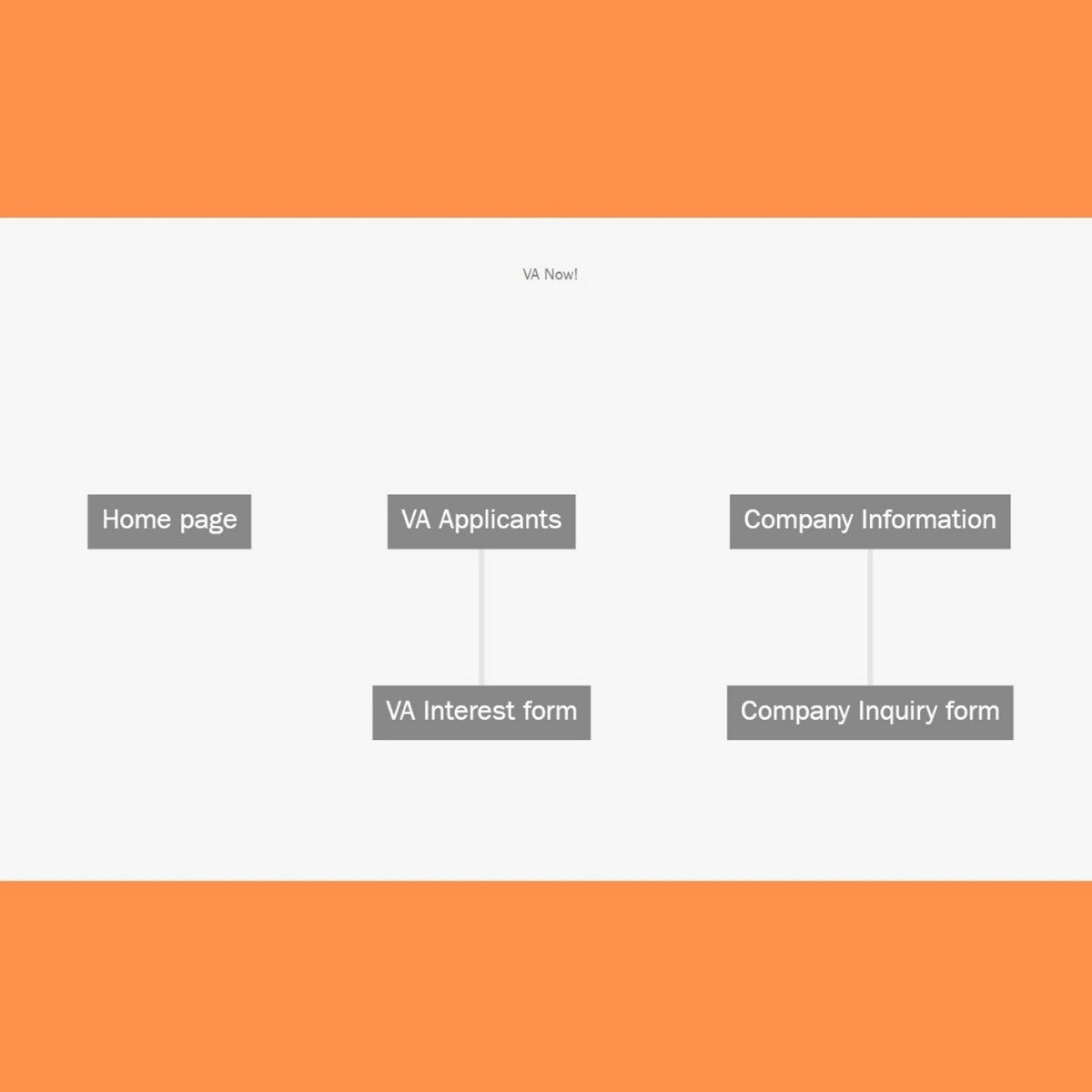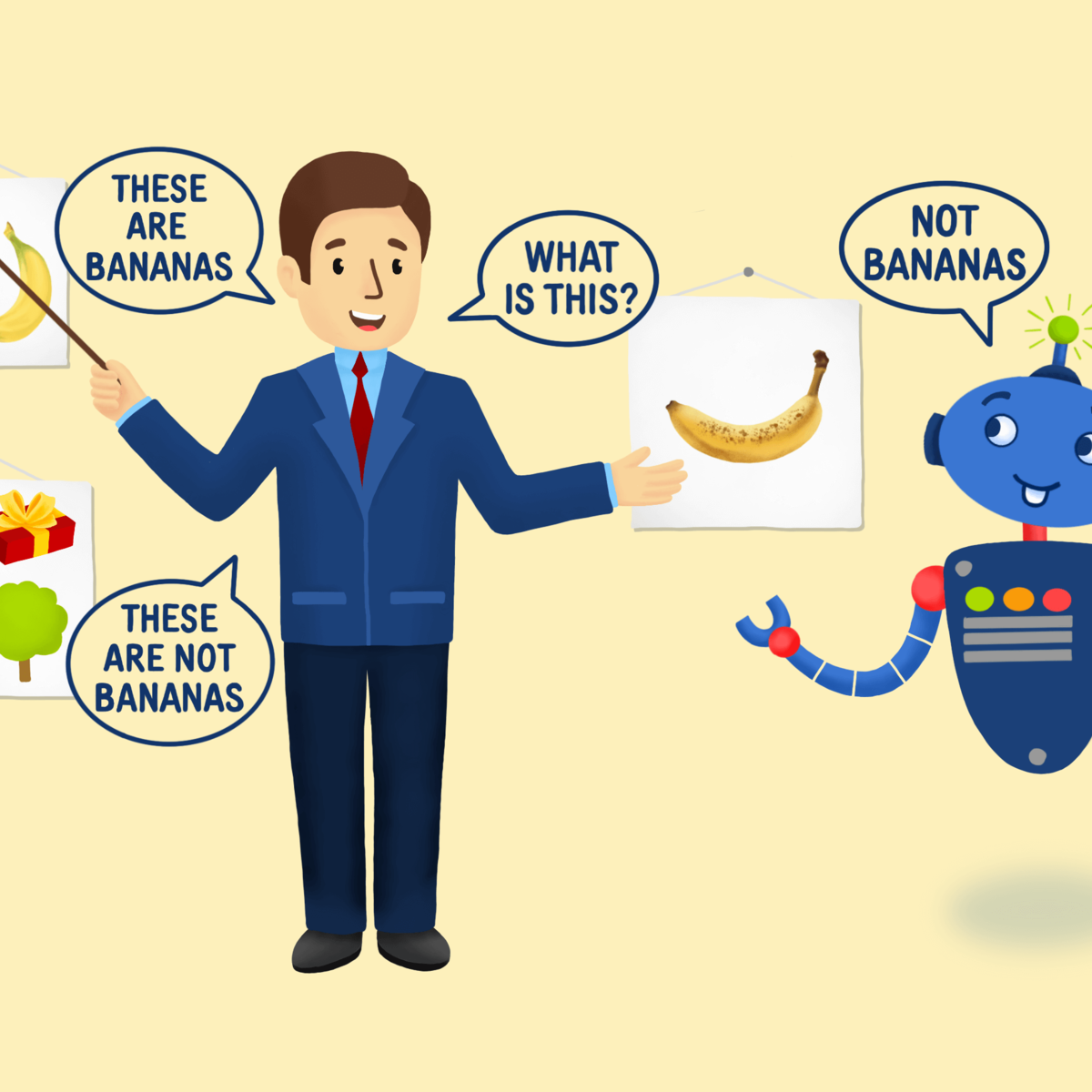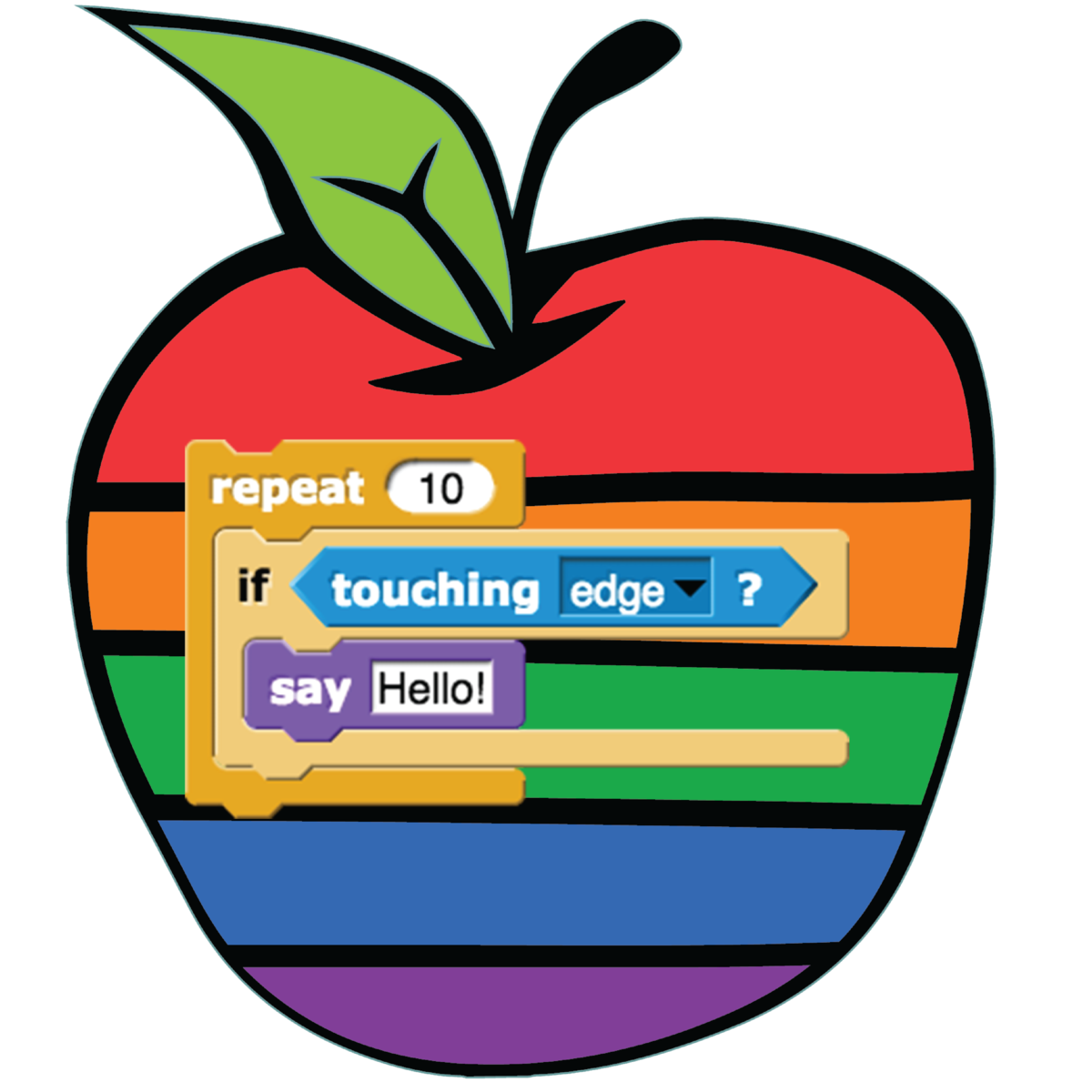Back to Courses









Computer Science Courses - Page 114
Showing results 1131-1140 of 2309

Game Design and Development 5: Capstone Project
In the game design and development capstone course, you will create an original game from initial concept up to the first playable version! Along the way, you will have the opportunity to put your game ideas in front of your peers. The capstone experience gives you the opportunity to push your skills further and demonstrate your newfound skills as a game developer. The capstone also contains guest talks from game industry professionals at Riot Games, Blizzard Entertainment, Insomniac Games, Gearbox Entertainment, Iron Galaxy, Deep Silver Volition, Goodgame Studios, Stardock, GREE, Heart Shaped Games, and more.

Build a Website Map with Jumpchart
There are many tools to develop websites. Planning a website is an important step in the process. Without planning your site you may not meet all the user’s pain points and your user design will be flawed. Jumpchart lets you draft and export websites from your browser, then share your creations with others to collaborate. Drafts can be turned into wireframes, and Jumpchart takes your links, images, and files to produce your website. The sitemaps in Jumpchart will be built as you add pages to your website plan. In this project you will learn about how to use Jumpchart and create your website design.

Setting up AWS Application Load Balancer
In this 2-hour long project-based course, you will setup Application Load Balancers through the AWS Management Console.
AWS Elastic Load Balancing automatically distributes your incoming traffic across multiple targets, such as EC2 instances, containers, and IP addresses, in one or more Availability Zones. By completing the steps in this guided project, you will successfully distribute your web application’s incoming traffic across multiple AWS EC2 Instances using the AWS console within the AWS Free Tier. You will also test the launched application load balancer and finally terminate your load balancer infrastructure.

Hosting a Static Website (HTML/CSS/Javascript) in AWS S3
In this one hour project, you will learn how to use Amazon Web Services S3 storage service for hosting a static website (HTML/CSS/Javascript). Many companies and individuals today need a website and most of those don't require complex databases or backends. Amazon Web Services provides a Simple Storage Service S3 Free Tier that can be also used to host a static website with no servers and no complexity.
Many professionals don't know that it is possible to use AWS Simple Storage Service, S3, not only to store objects but also to host a completely static website made in HTML/CSS and Javascript and take advantage of all scalability and availability AWS offers.
Once you're done with this project, you will be able to deploy a static website in any AWS region you want with just a few steps and without huge tech experience.
Note: For this project, you will need an AWS account.

Avoid Overfitting Using Regularization in TensorFlow
In this 2-hour long project-based course, you will learn the basics of using weight regularization and dropout regularization to reduce over-fitting in an image classification problem. By the end of this project, you will have created, trained, and evaluated a Neural Network model that, after the training and regularization, will predict image classes of input examples with similar accuracy for both training and validation sets.
Note: This course works best for learners who are based in the North America region. We’re currently working on providing the same experience in other regions.

Building Web Applications in PHP
In this course, you'll explore the basic structure of a web application, and how a web browser interacts with a web server. You'll be introduced to the request/response cycle, including GET/POST/Redirect. You'll also gain an introductory understanding of Hypertext Markup Language (HTML), as well as the basic syntax and data structures of the PHP language, variables, logic, iteration, arrays, error handling, and superglobal variables, among other elements. An introduction to Cascading Style Sheets (CSS) will allow you to style markup for webpages. Lastly, you'll gain the skills and knowledge to install and use an integrated PHP/MySQL environment like XAMPP or MAMP.

Draw a Wireframe in Miro
By the end of this project, you will be able to apply draw a wireframe by applying design principles and customer-centric thinking.
To Draw a Wireframe in Miro, you will gain hands-on experience applying design thinking, user interface knowledge, and context from each step of the customer journey in the Miro online visual collaboration platform for teamwork.
Note: This course works best for learners who are based in the North America region. We’re currently working on providing the same experience in other regions.

Create an Empathy Map in Miro
By the end of this project, you will be able to create an empathy map to gain a deeper insight into customers, opportunities to better meet their needs, and uncover any existing holes in user data.
To do this, you will gain hands-on experience applying design thinking, empathy, and context from User Experience research to create an empathy map in the Miro online visual collaboration platform for teamwork.
Note: This course works best for learners who are based in the North America region. We’re currently working on providing the same experience in other regions.

Computational Thinking for K-12 Educators Capstone
In this capstone project course, you will learn to support your students in successfully completing the Advanced Placement Principles Create Task -- however this task can be useful for any course as a culminating, student-designed final programming project.
You will learn to interpret and practice applying to real sample student work the Create Task rubric and have the option to modify it for your own setting. You'll prepare resources to help students through the challenges that come with doing an open-ended project that still needs to meet certain specifications.
Finally, you'll complete your own Create Task assignment including writing about the ways in which you designed algorithms, used abstraction, and struggled with a challenge while completing the task.
You'll be prepared to help students do well on the Advanced Placement Computer Science Principles Create Task!

Import Any Asset from Anywhere Into Unity
Unity is a powerful engine for developing games and creating environments for real-time rendering. The difficulty for many new enthusiasts is not knowing where to begin when they first behold at the empty void that greets them when they create a new project. Fortunately, there are hundreds of thousands of ready-made assets all over the Internet, which can be downloaded and imported directly into Unity, and tens of thousands of these assets are completely free.
In this one-hour, project-based course, you'll learn how to browse and download assets from many popular asset stores on the Web. You'll learn how to import several types of asset and how to set each up properly in the Unity engine. By the end of the project, you'll have a cohesive playable scene, upon which you can later expand to your heart's content.
The guided project will introduce you to the following Unity concepts:
- Package Manager
- Manually importing assets
- Configuring FBX models for Unity
- Textures
Popular Internships and Jobs by Categories
Browse
© 2024 BoostGrad | All rights reserved


